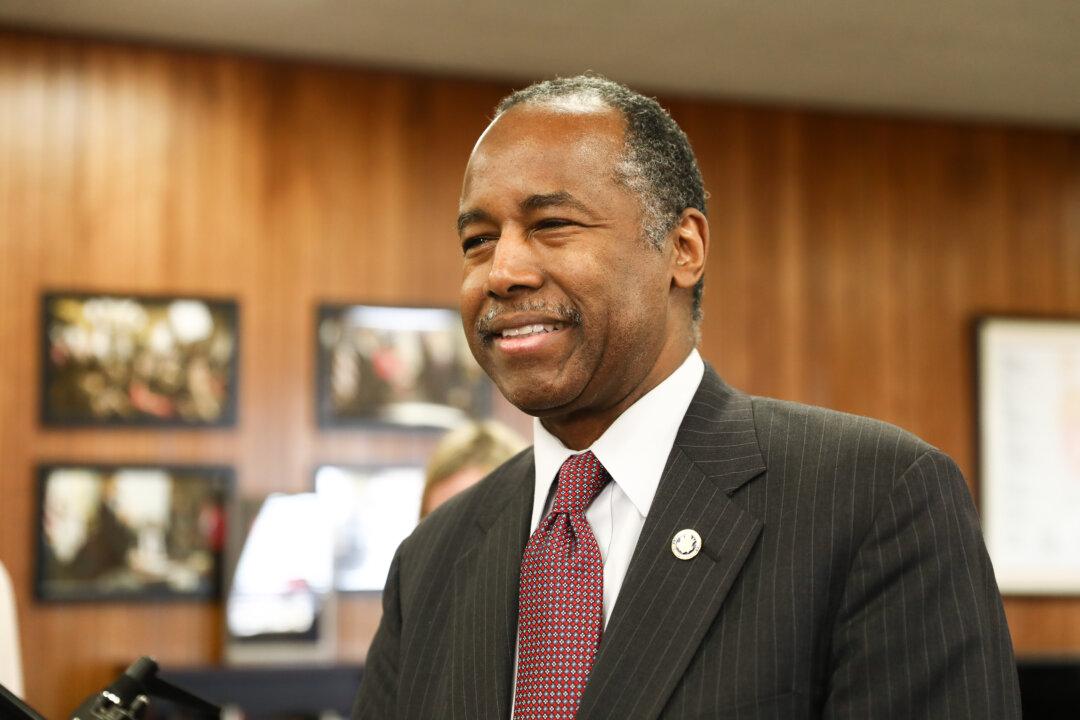WASHINGTON—Housing and Urban Development Secretary Ben Carson said the “opportunity zones” program, passed as part of the Tax Cuts and Jobs Act of 2017, has already started to revive underserved communities.
On a visit a few months ago to Vicksburg, Mississippi, Carson saw a closed sawmill being reopened by new investors. In an interview with The Epoch Times on Mar. 14, Carson said that the new owner of the sawmill heard about opportunity zones and wanted to take advantage of the new tax breaks.





